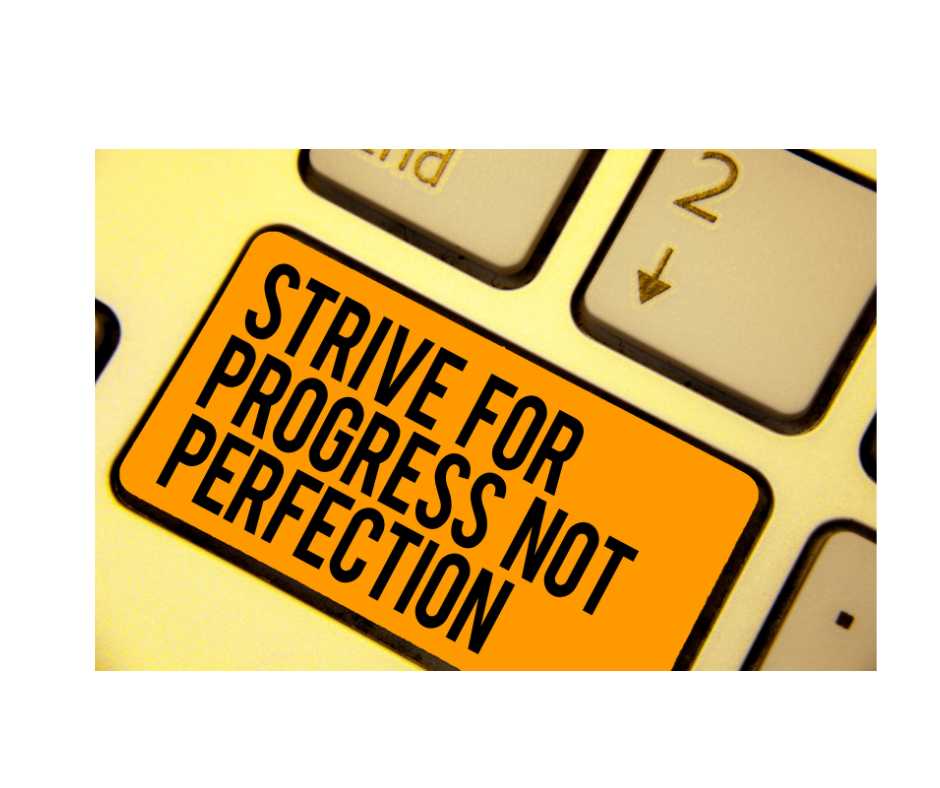February 29, 2024
Knees Over Toes: Tips for Squats
“You shouldn’t let your knees go over your toes.”
A common fitness belief that has been around for ages. It’s easy to be inundated with conflicting information on all topics with the access to an infinite amount of information. Common beliefs are usually rooted in some truth that has morphed over time where the nuanced can be lost.
Getting our knees over our toes are essential in maintaining an upright posture while squatting and contributing to maintaining our center of mass over our base of support. The better we’re able to do this, the greater stability we can maintain leading to greater force production.
It was (is) the belief that letting the knees go past the toes could put more pressure on the knee itself so people were taught and told not to do it. And yet, there is not enough research to support this. In fact, if you ever go up and down stairs, you’ll notice that you have to let the knees go over the toes.
Squats are hailed as one of the most effective compound exercises for building lower body strength and muscle mass. However, perfecting your squat form and optimizing performance involves more than just the movement itself. If we’re limited in our ability to get our knees over our toes (dorsiflexion), we will be off balance leading to greater instability.
Causes of Poor Ankle Mobility
Past injury or trauma, muscle imbalances, and/or poor mobility can contribute to inadequate ankle dorsiflexion. These issues can impede our ability to squat deep and lift weight as the body will compensate by seeking mobility from other joints to make up for the lack of in another.
A common compensation is shifting the weight back into the heels or getting into more of a hinge squat where the torso falls forward. If there is an ankle restriction on one side, that can contribute to rotation of the body to compensate.
So if you have limited ankle mobility, we can work on improving mobility and integrate these tips below to get more out of your squats to temporarily provide better ankle mobility.
Temporary Mobility & Stability Tips
Plate Elevated Goblet Squats:
Using a small plate or flat object, we can place it under our heels. It shouldn’t be too high and the more flat it is, the easier it will be to feel stable. This modification allows for temporary improved ankle mobility and provide a more comfortable and stable squatting position
Elevating the heels shifts the center of gravity forward, allowing for a more upright torso position and deeper squat depth without compromising form. This can be especially beneficial for those who struggle with maintaining proper squat mechanics, such as maintaining an upright torso or preventing the knees from collapsing inward.
By maintaining a more upright position when squatting, it allows for the quadricep muscles to be biased. However, for those with limited ankle mobility, this may allow them to improve their squat positioning.
Squat Shoes:
Squat shoes, also known as weightlifting shoes or lifting shoes, are specially designed with elevated heels and a firm, non-compressible sole. These shoes are engineered to provide stability, support, and improved biomechanics during weightlifting exercises, including squats.
The elevated heel of squat shoes helps to reduce ankle dorsiflexion requirements, allowing for a more upright torso position and deeper squat depth. Additionally, the rigid sole enhances stability and ensures proper weight distribution, minimizing the risk of ankle rolling or instability during heavy lifts.
Squat shoes can range in price but are typically affordable. One of the benefits over using plates to elevate the heel is the firm hard heel. It is more stable on the floor.
Counter Balance Squat
Not quite a tool but a variation of the squat typically referred to as Goblet squats. In all of the example videos, we are using the goblet squat since it is accessible and versatile in it’s uses. Goblet squats can be done with any weight implement but is most often done with kettlebells and dumbbells. The goblet squat is a great option as the weight helps to counter balance the body so we can maintain more of an upright posture. It also biases the quads more due to the upright posture.
Leg Press
The leg press as a solution? You read that right. We can improve our client’s strength using the leg press and double as an option to challenge ankle dorsiflexion. Providing the client has enough hip mobility to maintain a flat back on the leg press, we can use the weight of the leg press to assist. We can use a slightly lower tempo on the lowering portion of the leg press and cue pulling the feet towards the head (dorsiflexion).
Finale
Try out some of these tips and exercise selection options if you’re struggling with limited ankle mobility. If you’re interested in a future blog on HOW to improve ankle mobility, let us know!
PTI Certified Personal Training Certification
Contact us below to learn more about becoming a certified personal trainer in BC where you will learn the science of personal training and the skills to become a irreplaceable coach.
Tags:
Related Posts
We’re here to help you!
Questions, comments or want to register? Fill out the form below and we will contact you shortly. Thanks!
"*" indicates required fields



